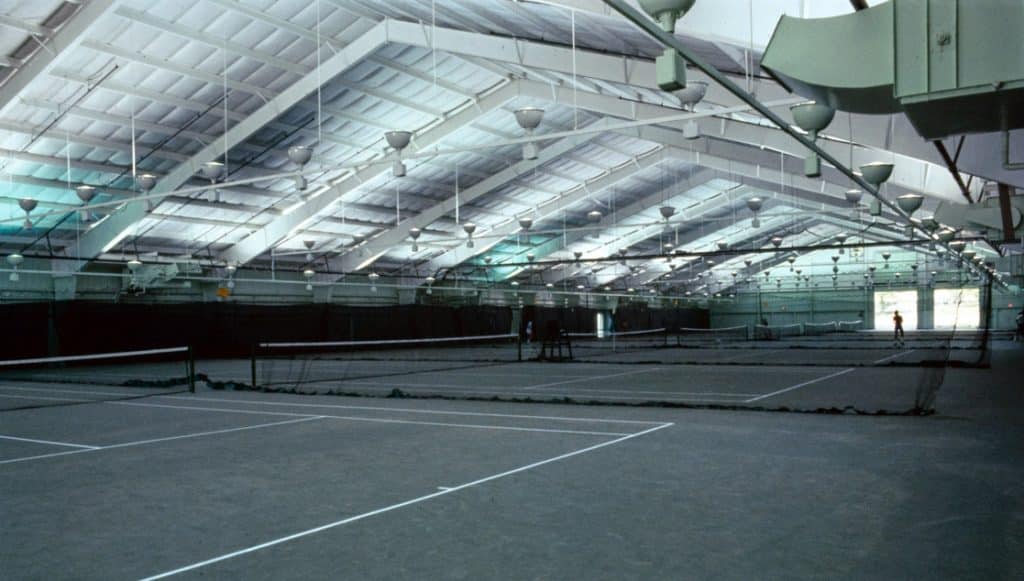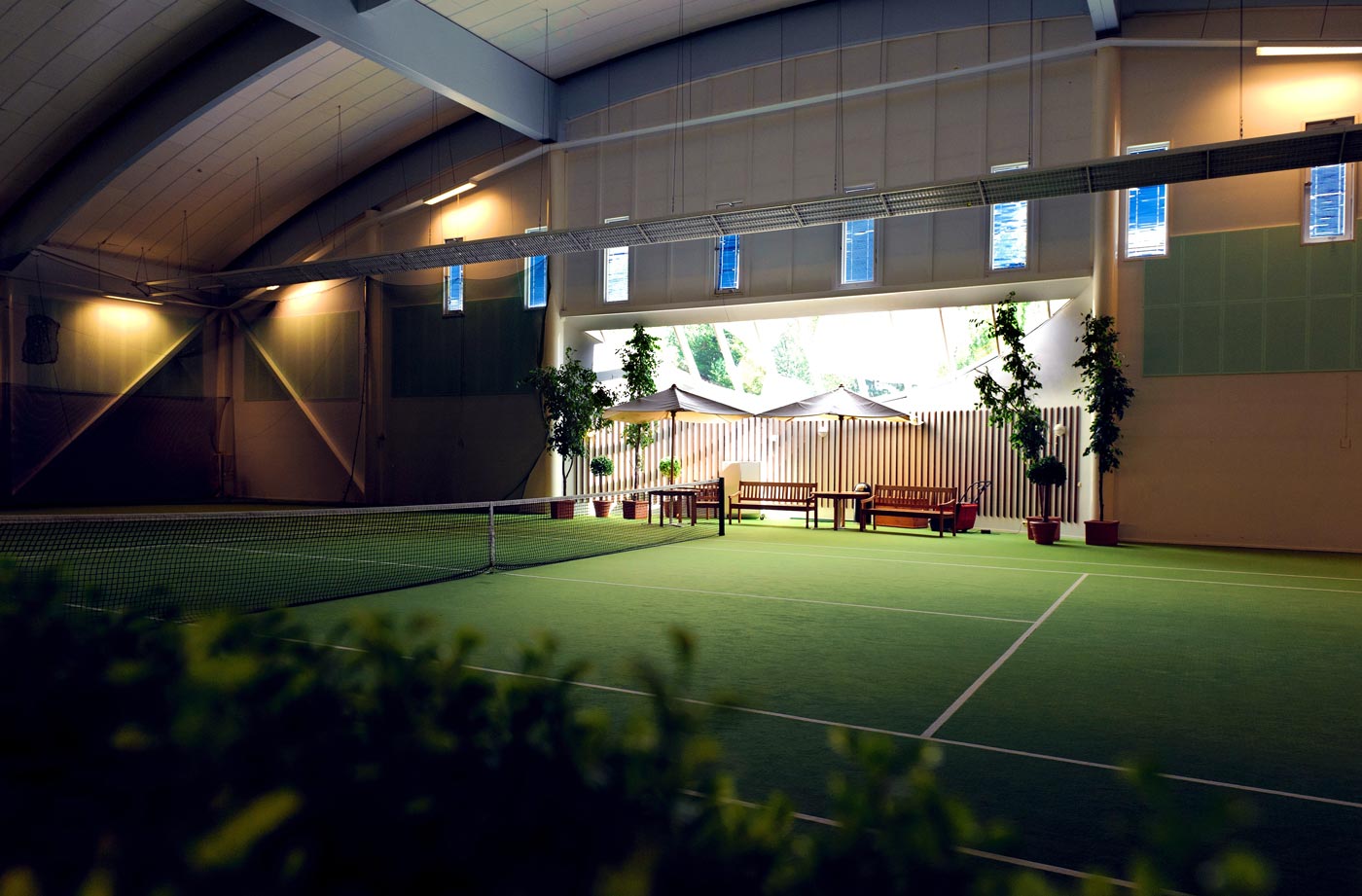Building an indoor tennis court facility can really change the feel of a property, turning it into a spot for exercise, unwinding, or maybe just a bit of friendly rivalry. The average cost to build steel indoor tennis court can range from $20,000 to $100,000, depending on materials, location, and design choices. With some thoughtful planning, you can probably find a way to make it work for both your wallet and your style of play.
COMPARE PRICES & SAVE UP TO 33%
There’s a surprising amount to think about when you’re getting into tennis court construction—everything from picking the surface to making sure the dimensions are up to snuff. Permits, financing, and all those “nice-to-have” extras should be on your radar too. Doing your homework and leaning on experienced contractors can save a lot of headaches down the road.
How much does it typically cost to construct a indoor tennis court?

Prices for indoor tennis courts are all over the map. Most people end up spending somewhere between $70,000 and $150,000 for a full-size court, but it can climb higher if you want all the bells and whistles. Materials, where you live, and the features you tack on all play a part.
For our purposes, steel kits for tennis court building range from $20,000 to $100,000 depending on size.
Key factors affecting cost:
- Court surface type (hard, clay, or carpet)
- Building materials for the enclosure (steel, fabric bubble, or solid walls)
- Indoor lighting and HVAC system
- Local construction costs
Utility bills can be a shocker too—some builders report paying around $4,000 a month if you need year-round climate control. Don’t forget about loan payments if you’re financing the build.
Here’s a rough breakdown of what you might be looking at:
| Item | Estimated Cost (per court) |
|---|---|
| Court Surface | $20,000 – $50,000 |
| Building/Enclosure | $20,000 – $100,000 |
| Lighting | $5,000 – $20,000 |
| HVAC System | $10,000 – $30,000 |
Planning Your Tennis Court Construction Build

You’ll want a plan—no two ways about it. Whether you’re new to this or you’ve done it before, it pays to break things down step by step so your budget, space, and timeline actually line up with what you want from the court.
Site Assessment and Selection
Picking the right spot is everything. Before you get too excited, check that the ground drains well—nobody wants a soggy court. Soil tests can save you from future headaches if the earth’s too soft or shifty.
Sunlight and wind sound minor, but trust me, they’ll affect play and how much you enjoy the court. You’ll probably need hookups for electricity and water, especially if you want lights or easy maintenance.
Don’t skip the local codes and zoning laws. Some places are pretty strict about where you can put a sports facility. It’s not fun, but following the rules now beats dealing with fines or having to redo the work later.
It’s smart to bring in a surveyor to make sure you’ve got enough room—standard courts need at least 60 by 120 feet. A little extra space for fences or a place to watch the action makes the court a lot more enjoyable. If you’re after year-round play, maybe look into pre-engineered steel buildings for some weather protection.
Budgeting and Cost Estimates
Budgeting isn’t just about the court slab. You’ll want to include site prep, grading, surfacing, fences, lights, and maybe even a small building for gear or changing. The surface material—whether you go with asphalt, concrete, or something else—can swing the cost quite a bit.
Jot down every feature you might want up front. Permits, environmental checks, and fees for designers or engineers sneak up on people. Lighting and drainage add to the price, but sometimes they save you money on repairs later.
Tennis Court Size & Design Options
Tennis court design isn’t just about looks—it’s about getting the right size, surface, and drainage. Each choice messes with how the court plays, how much work it takes to keep up, and how much you’ll actually enjoy using it.
Court Dimensions and Layout
Standard doubles courts clock in at 78 feet long by 36 feet wide. Singles courts are a bit skinnier at 27 feet wide. You’ll want extra space around the edges—ideally, the whole playing area is 120 feet by 60 feet so you’re not running into fences or tripping over benches.
Net posts need to be 3 feet outside the doubles lines, and the net should sit at 3 feet high in the middle. A well-thought-out layout just makes life easier and play safer.
Working With Tennis Court Contractors
Picking the right contractor is a big deal if you want your court project to go smoothly. Look for someone with solid experience—especially if you’re building indoors, since that’s a whole different ballgame. Some companies handle everything start to finish, others just do resurfacing or smaller jobs.
What to look for in a contractor:
- Licensed, insured, and above board
- Clear, detailed plans
- Knows local building codes
- Good references and reviews
- Comfortable with custom options
If you’re doing an indoor court, make sure your contractor can handle things like special materials or tricky designs. Some builders offer pre-engineered steel buildings you can tweak with features like locker rooms, windows, or different court surfaces.
Frequently Asked Questions
Building a tennis court at home takes a fair bit of planning—size, surface, and budget all matter. Measuring right and picking good materials go a long way toward a durable, playable court.
What are the standard dimensions for a residential tennis court?
Most home courts stick to the same measurements as the pros: 78 feet by 36 feet for doubles. You’ll need extra space around the court for movement and safety, so the total recommended area is about 120 by 60 feet.
What are the essential construction specifications for building a tennis court?
You need a solid base—usually compacted stone or concrete—with proper grading for drainage. Asphalt, concrete, and clay are common surface choices. Fencing, net posts, and lighting are standard for outdoor courts.
What minimum size should be considered when planning to install a tennis court at home?
If you’re thinking about putting in a tennis court at home, you’ll want at least 120 feet by 60 feet. That’s really the minimum for a proper court and enough room around it so you’re not running into fences—or worse. Any smaller and, honestly, it’s just not going to feel right or safe.

